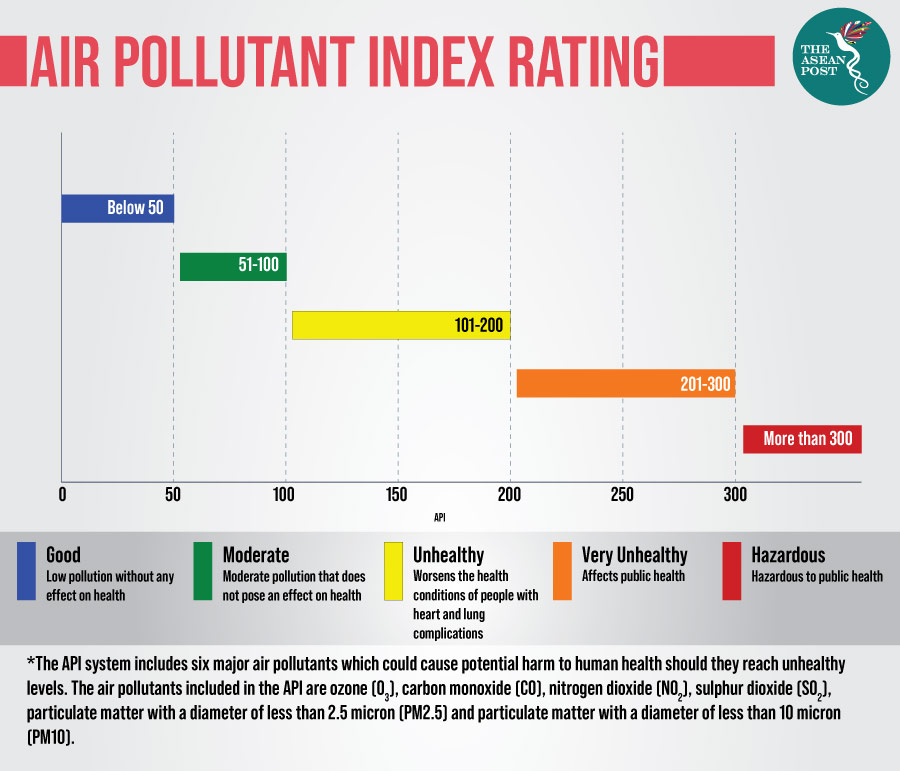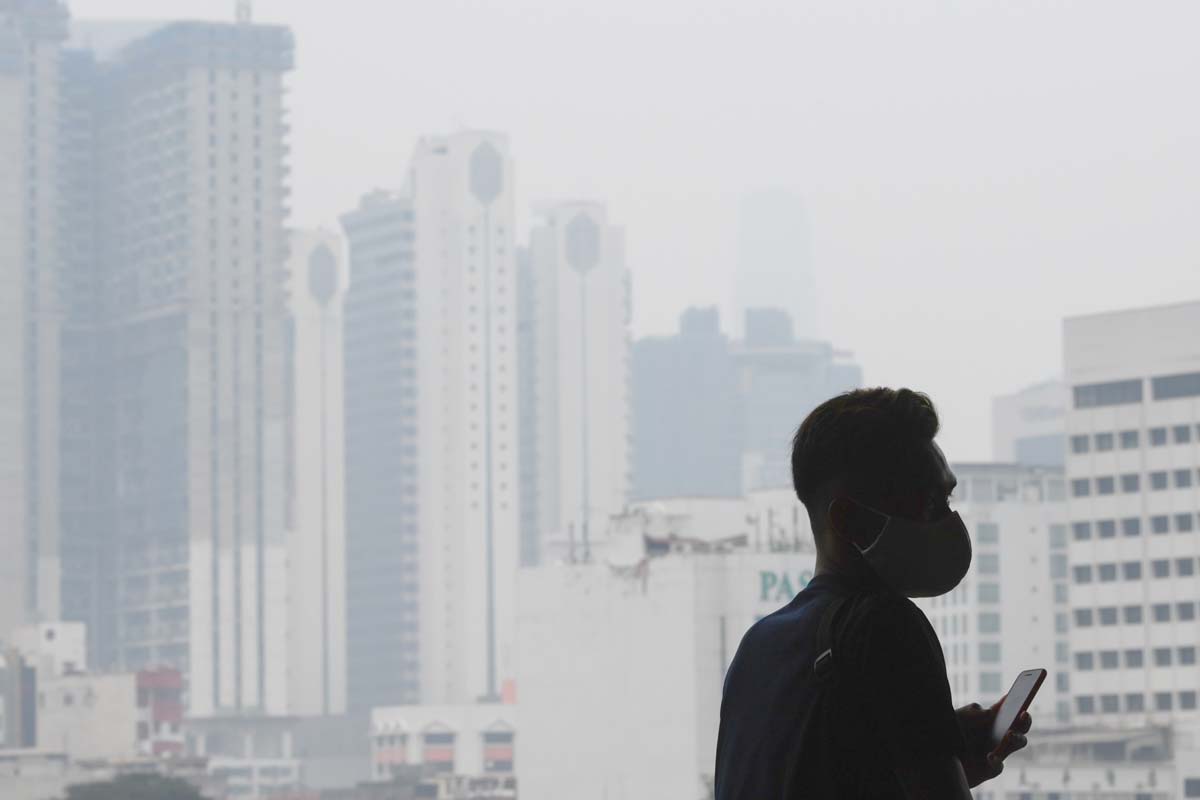Last Friday, on 6 September, Malaysia’s Ministry of Energy, Science, Technology, Environment and Climate Change (MESTECC) along with the Department of Environment (DOE), released a statement informing the public that the government will be in talks with its Indonesian counterpart in order to address transboundary haze. This was after they found that the Air Pollutant Index (API) rating at monitoring stations located in six major towns in the East Malaysia state of Sarawak were at unhealthy levels.
The six towns in question were Kuching (125), Samarahan (120), Sri Aman (166), Sibu (123), Miri (133) and Sarikei (109).
According to the ASEAN Specialised Meteorological Centre’s (ASMC) report on 4 September, satellite images from the National Oceanic and Atmospheric Administration (NOAA) detected as many as 699 hotspots in Indonesia – 299 in Sumatera and 470 in Kalimantan. There were only nine hotspots in Malaysia – one each in the states of Pahang, Johor, and Selangor, and six in the state of Sarawak.
Haze is an annual problem in Indonesia caused by slash-and-burn fires started to clear land for palm oil and pulp and paper plantations. Despite often-times originating in Indonesia, the haze there often blows over to neighbouring Malaysia and Singapore, causing flight cancellations, school closures and soaring rates of respiratory illness.
MESTECC and DOE took note of the hotspots in the country and informed the public that investigations and enforcement will continue to be conducted on the identified areas.
“However, transboundary haze is still the number one cause of haze in the country,” the statement read.
In August 2017, Malaysia’s then Sports Minister Khairy Jamaluddin had urged Indonesia to ensure that haze from raging forest fires did not affect the Southeast Asian Games that month. Malaysia hosted the major multi-sport event from 19 to 30 August, with thousands of athletes from across the region descending on the capital Kuala Lumpur to take part.
"I hope Indonesia will be able to control this problem so it does not affect (the games). I believe they will be embarrassed if it does affect the SEA Games as they, too, are competing here," Malaysian media quoted Khairy as saying.

Early last month, Brunei, Indonesia, Malaysia, Singapore and Thailand, pledged to increase cross-border cooperation in minimising haze occurrences during the hot and dry weather from August to October.
Also discussed at the meeting was a report by Singapore-based ASEAN Specialised Meteorological Centre (ASMC) which said the region was expected to experience neutral weather conditions without El Nino or La Nina between August and October. However, the southern region, particularly Malaysia, Singapore and Sumatra in Indonesia will experience reduced rainfall during the same period.
The five countries also provided updates on their individual actions to tackle forest fires and haze, with Malaysia sharing that its efforts included activating its National Open Burning Action Plan, enforcing the law against open burning on offenders, and boosting preparations for transboundary haze situations.
All to blame?
Indonesia usually bears the brunt of the blame for the haze each year. During the 2015 haze crisis which affected the region for weeks, Indonesia produced more carbon than the entire European Union (EU) economy during the same period of time.
However, Malaysia is not completely blameless.
Almost 300 hectares of peatland went up in flames in Malaysia’s Terengganu state in March, where firefighters had to battle for nearly two weeks before finally managing to get the blaze under control. The state of Johor, which borders Singapore, recorded 1,443 incidents of open burning in the first two months of this year – with the Johor Fire and Rescue Department stating that 141 cases involved forest fires while 879 were bush fires.
Malaysia is also notorious for open burning. In March, the country’s Fire and Rescue Department recorded 3,054 cases of open burning, almost double the number recorded in January. In January, there were 1,936 open burning cases nationwide.
When it comes to combatting transboundary haze in ASEAN, little good will come from pointing fingers because more often than not, all countries involved share part of the blame. A regional effort will be needed in order to achieve a 'Haze-Free ASEAN' by 2020. Each country must play its part in ensuring once and for all that the region does not get choked in smoke, yet again.
Related articles:
